Welcome to the Mountains! Matthieu Gafsou’s antiromantic Switzerland
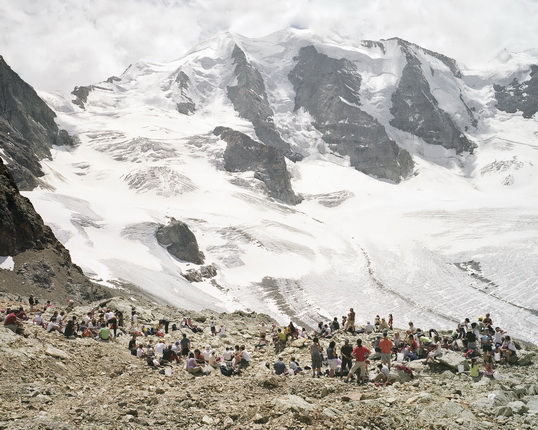
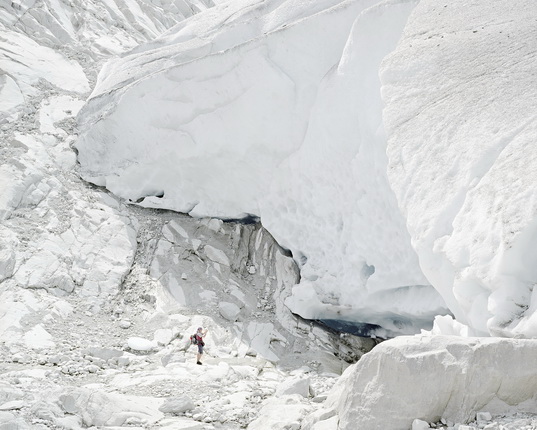
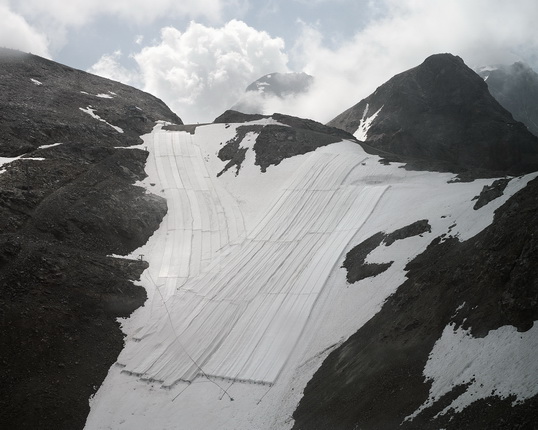
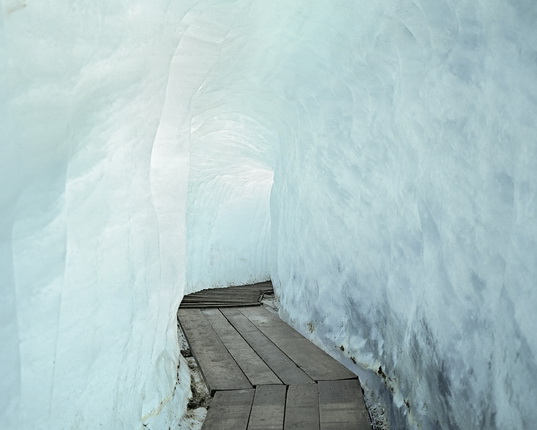

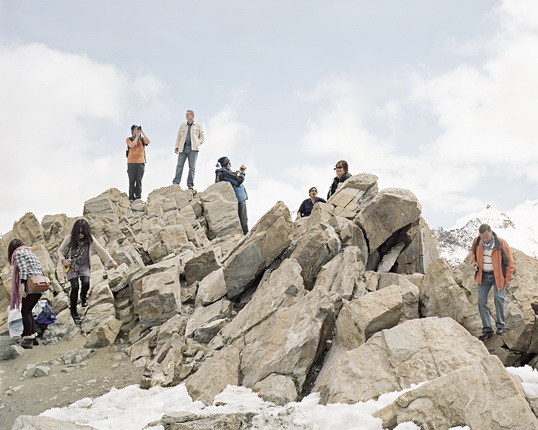
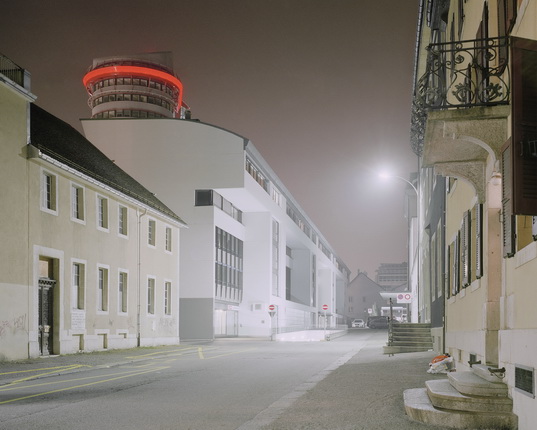
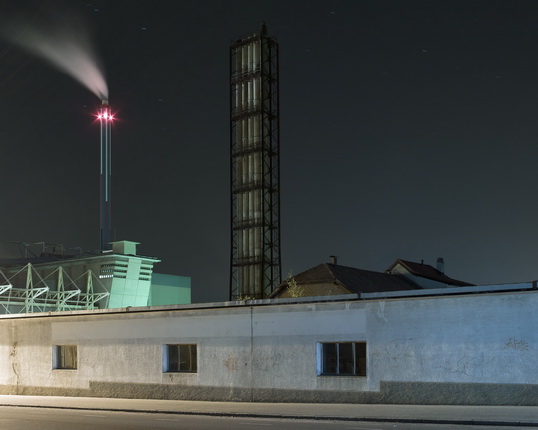
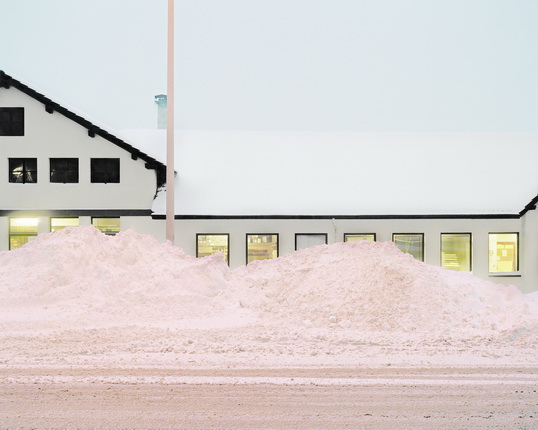
Matthieu Gafsou. In front of the Bernina. From the Alpes series. 2008 - 2012. Courtesy Galerie C, Neuchâtel
Matthieu Gafsou. Aletsch I. From the Alpes series. 2008 - 2012. Courtesy Galerie C, Neuchâtel
Matthieu Gafsou. Diavolezza. From the Alpes series. 2008 - 2012. Courtesy Galerie C, Neuchâtel
Matthieu Gafsou. Cave. From the Alpes series. 2008 - 2012. Courtesy Galerie C, Neuchâtel
Matthieu Gafsou. On the Rhône glacier. From the Alpes series. 2008 - 2012. Courtesy Galerie C, Neuchâtel
Matthieu Gafsou. Gornergrat. From the Alpes series. 2008 - 2012. Courtesy Galerie C, Neuchâtel
Matthieu Gafsou. La Chaux-de-Fond # 1. From the La Chaux-de-Fonds series. 2009 - 2011. Courtesy Galerie C, Neuchâtel
Matthieu Gafsou. La Chaux-de-Fond # 15. From the La Chaux-de-Fonds series. 2009 - 2011. Courtesy Galerie C, Neuchâtel
Matthieu Gafsou. La Chaux-de-Fond # 22. From the La Chaux-de-Fonds series. 2009 - 2011. Courtesy Galerie C, Neuchâtel
Moscow, 12.03.2014—20.04.2014
exhibition is over
Moscow Museum of Modern Art
17 Ermolaevsky lane (
www.mmoma.ru
Share with friends
Curator: Gabriel Umstätter
The project is presented by C-Galerie, Neuchâtel
For the press
Majestic mountains, a town of watchmakers... What could be more Swiss, but also more contradictory: sublime, wild nature and rational mastery of the world? Yet the series Alps (2008-2012) and La Chaux-de-Fonds (2009-2011) by Swiss photographer Mathieu Gafsou are surprisingly complementary. Perhaps because everything appears insidiously combined or inverted: the grandiose Alpine scenery looks as fabricated as artificial décor, invaded by figurants that we might imagine have been comically transported from the abandoned town that, with its assemblies of banal and functionalist architecture, paradoxically seems an unexpected refuge of solitude and mystery. In fact the tourists of Alps have come from much further afield, but as if to rediscover already familiar images seen in desktop wallpaper or calendars. A common feature of the two territories documented here is that they are at the same time typically Swiss and in some way foreign to the natives: both are part of a system of representations devised for export, which goes back to the time when our Modern vision was invented. . The tourists of today are indeed unknowingly retracing the steps of Goethe or Turner, and they take home watches made by the judicious and industrious inhabitants of the Jura Mountains that so impressed Rousseau or Marx.
Matthieu Gafsou is fully aware of this historic depth and the issues of projection and point of view. Instead of trying to avoid them, he makes them an integral part of his work. So the visual references (from Caspar David Friedrich to Martin Parr) are inevitable? They are unobtrusively integrated in the iconographic program. And our notions are prefabricated? Then the images must be all the more carefully and consciously constructed, with rigorous formality. According to the photographer, the idea of turning his attention to the Alps, a region he thought he knew quite well, first occurred to him while examining his own practice as a photographer holidaying abroad; he also recalls having felt at home yet a foreigner in La Chaux-de-Fonds, a neighbouring town he discovered during a photo assignment. Perhaps these series, simultaneously typical yet scarcely consistent with our received ideas of Switzerland, are in fact addressing matters of identity: but they speak to us of a globalized identity where the characteristics of familiar and foreign, natural and artificial are in profound mutation.
The first Romantic visitors came to the mountains to seek the experience of the Sublime, defined as the mixed emotion of pleasure and fear when confronted by superhuman forces of nature. Today it is the traces left by human actions that seem preternatural, but the feeling that Gafsou’s photographs evoke is indeed close to this ambivalent feeling, a kind of inverted sublimity: they have a beauty that is both compelling and monstrous. It resembles the beauty of chimeras, but paradoxically the photographer obtains this effect by concentrating on real objects (the images have an undeniably documentary value) that he persists in photographing very attentively, with great detail and precision, in the grand tradition of painting and landscape photography — while integrating in his images, without any preconceptions, the traces of present-day human activity.
Gabriel Umstätter










